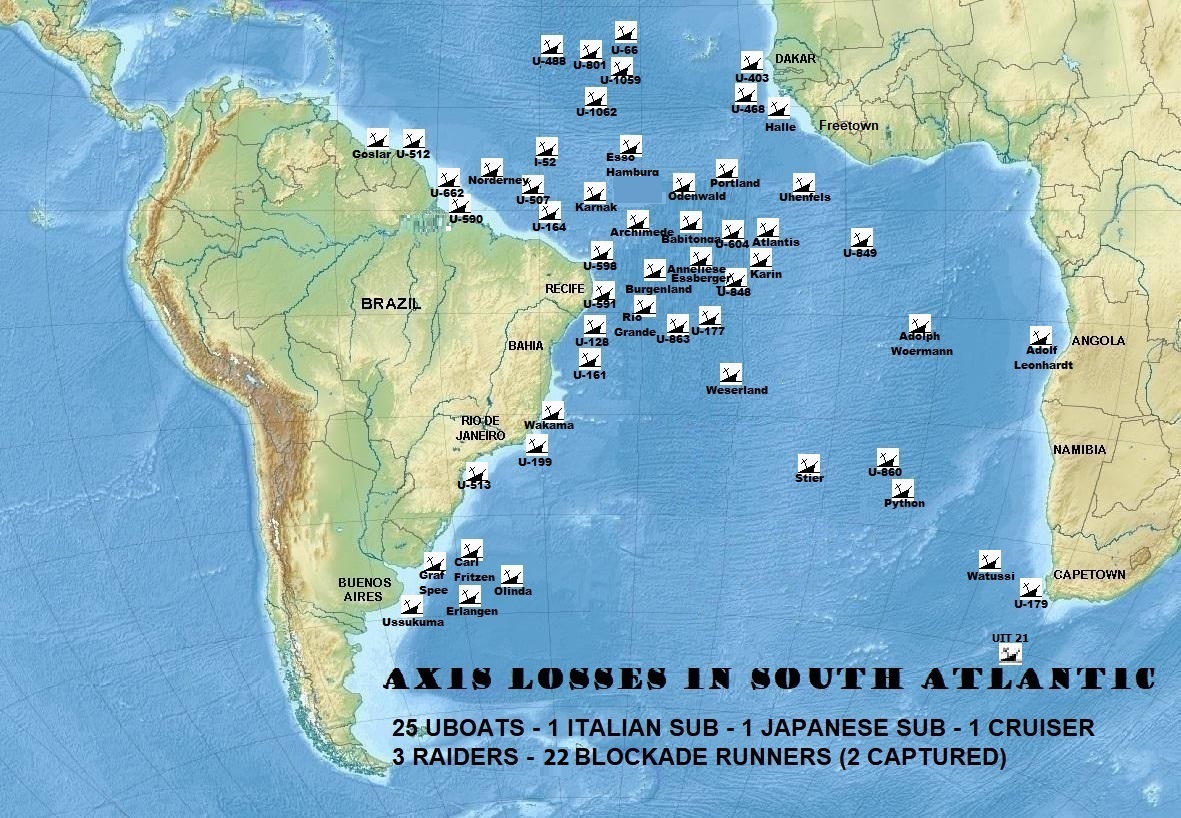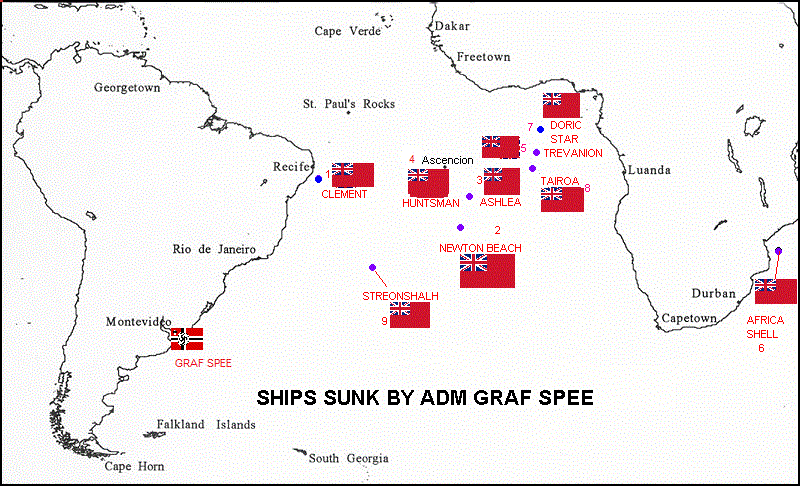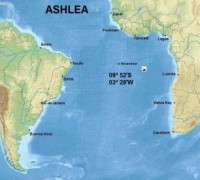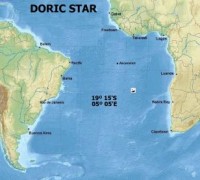RAIDER ADMIRAL GRAF SPEE * 8 SHIPS SUNK - BATTLE OF THE RIVER PLATE
6)ADMIRAL GRAF SPEE
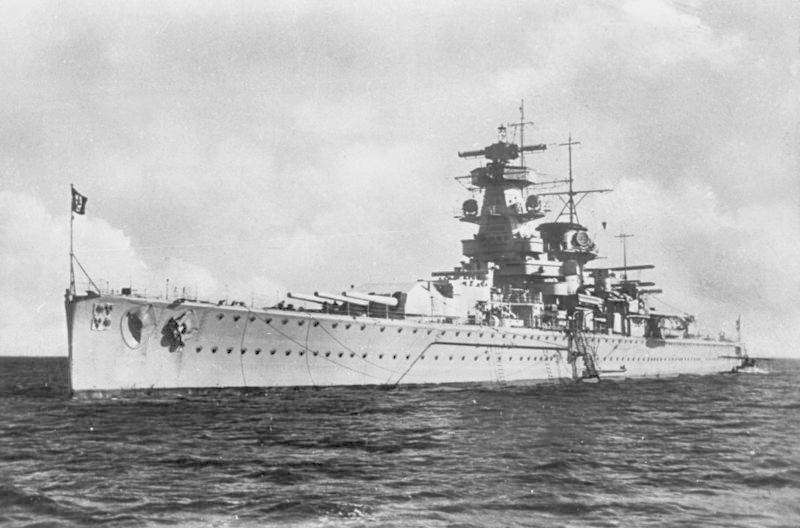
Name: Admiral Graf Spee
Namesake: Maximilian von Spee
Builder: Reichsmarinewerft, Wilhelmshaven
Laid down: 1 October 1932 Launched: 30 June 1934
Commissioned: 6 January 1936 Fate: Scuttled, 17 December 1939
Class and type: Deutschland-class cruiser
Displacement: 14,890 t (14,650 long tons; 16,410 short tons) (design) 16,020 long tons (16,280 t) (full load)
Length: 186 m (610 ft 3 in) Beam: 21.65 m (71 ft 0 in) Draft: 7.34 m (24 ft 1 in)
Installed power: 52,050 bhp (38,810 kW) Propulsion: 2 propellers; 8 × diesel engines
Speed: 28.5 knots (52.8 km/h; 32.8 mph)
Range: 16,300 nautical miles (30,200 km; 18,800 mi) at 18.69 knots (34.61 km/h; 21.51 mph)
Complement: As built: 33 officers 586 enlisted
After 1935: 30 officers 921–1,040 enlisted
Sensors and processing systems: 1939: FMG 39 G(gO)
Armament: As built:
6 × 28 cm (11 in) in triple turrets 8 × 15 cm (5.9 in) in single turrets 8 × 53.3 cm (21.0 in) torpedo tubes
Armor:
Main turrets: 140 mm (5.5 in) Belt: 80 mm (3.1 in) Main deck: 17–45 mm (0.67–1.77 in)
Aircraft carried: 2 × Arado Ar 196 floatplanes Aviation facilities: 1 × catapult
When the war broke out in Europe, the British admiralty had been warned on the bold actions of the raider Graf Spee pocket battleship in southern Atlantic, and to tackle this intruder the British Admiralty assembled a task force based at port Stanley at Falklands. And in South Africa. An ensuing cat and mouse pursuit led to the first naval engagement involving surface vessels of two nations in south Atlantic in December 13th .
A British fleet composed by cruisers Exeter, Ajax and Achilles, under Adm Harwood caught the enemy in the early morning off the mouth of River Plate. Graf Spee remained 72 hours as stipulated by the Hague convention of 1907, when urgent repairs were made , as well as attention and medical care to the 60 wounded and burial for those 36 killed in action.
When the deadline finally came on the afternoon of December 17th , captain Langsdorff suspended anchor and at 6 miles off the harbor under the eyes of thousands of Uruguayans who swarmed the docks the air was shaken by the explosions of the demolition charges. Flames and smoke soon billowed the hull and debris hauled out in the air. This scene sadly marked the end of the doomed vessel, the first great loss of the Kriegsmarine.
The map shows the active movement of German merchants and blockade runners in the South Atlantic during the first years of the war. The British Navy decided to counter this menace to the shipping lanes guaranteeing the vital traffic of the badly needed raw materials and edibles to the British people already strained by the constant harassment of German Luftwaffe and Uboats against her Merchantmen. Royal Navy fought against all odds and gave no truce to DKM wherever it was.
Once they were spotted in the vast expanses of the south Atlantic or Indian Ocean they had no escape and scuttled themselves. From the beginning of the hostilities in September 1st 1939 to the end of 1941, when the United States were dragged to the broaden conflict thus configuring a worldwide conflagration, the task of surveillance and patrolling the South Atlantic were primary task of the Royal Navy. In this initial period, there were a few incidents of small account in which some of the European belligerents were involved.
The sinking of the German merchant Olinda by the British cruiser Ajax off Uruguayan coast at September 4th just three days after Germany invaded Poland. Second was the torpedoing and sinking of the British merchant Clement at sep. 30th . When part of its crew was found in a lifeboat 15 miles off Maceió and rescued by Brazilian merchant Itatinga. Another incident involved the Wakama a German merchant scuttled by his crew 12 miles of Cabo Frio Lighthouse in view of the presence of a British auxiliary ship.
Adm. Graf Spee suply ship Altmark seen at Jossingfjord Norway. There the ship with 299 British sailors taken from merchant sunk, was boarded by one Royal Navy commando that released all prisoners in February 1940. Photo Wikipedia
The map shows the position of every British merchant sunk by Adm Graf Spee in the South Atlantic.
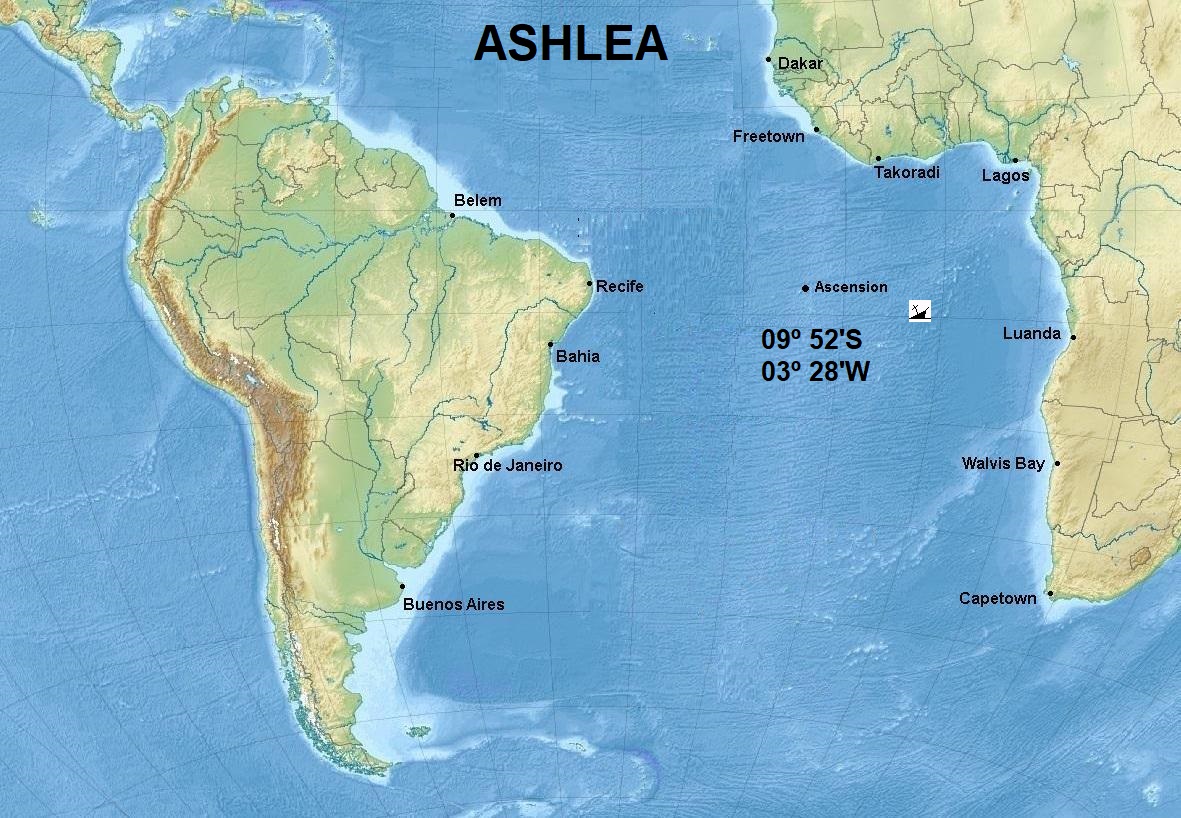
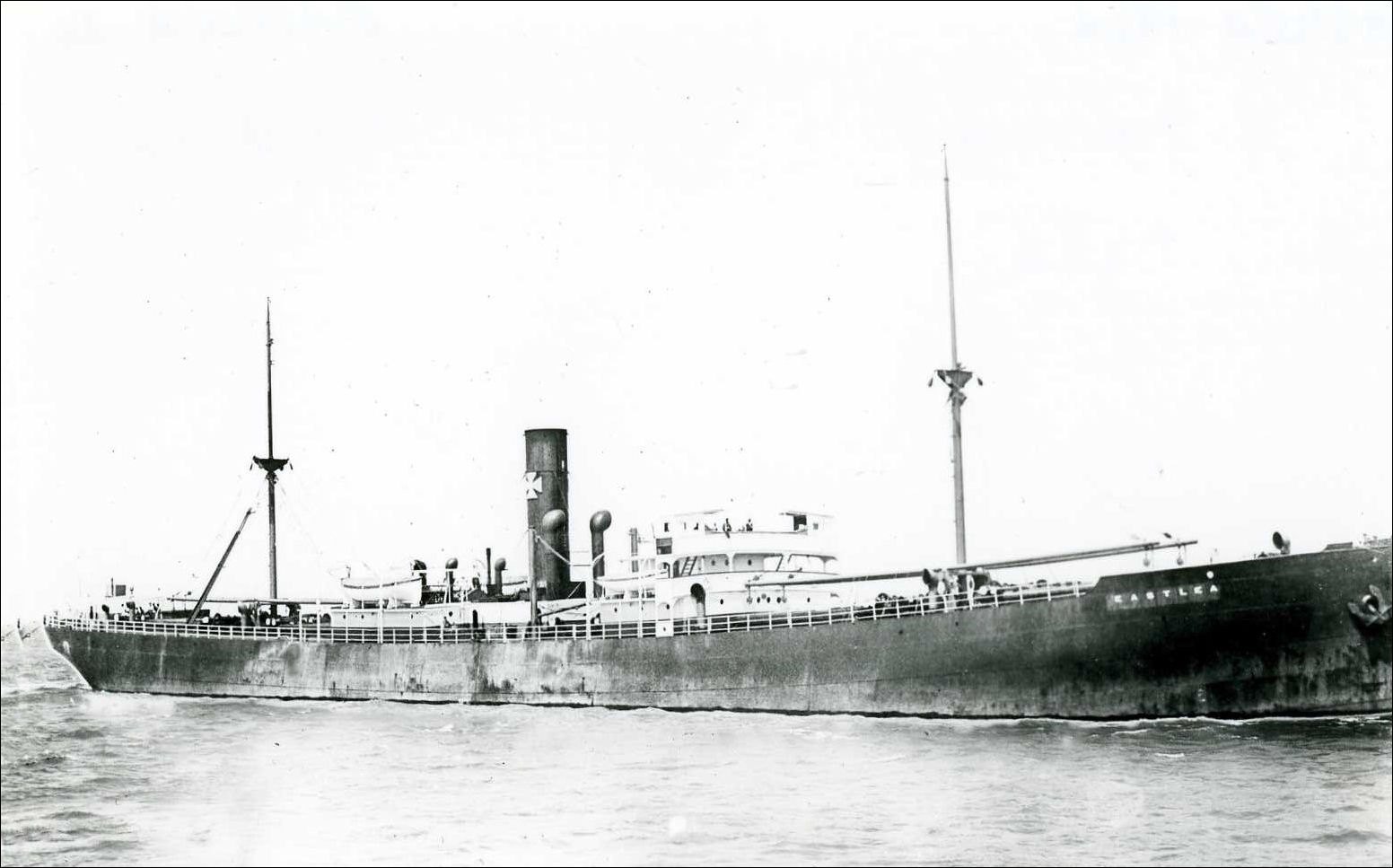
 Above sister ship Eastlea. Photo http://www.searlecanada.org/sunderland/images15/eastlea1.jpg
Above sister ship Eastlea. Photo http://www.searlecanada.org/sunderland/images15/eastlea1.jpg
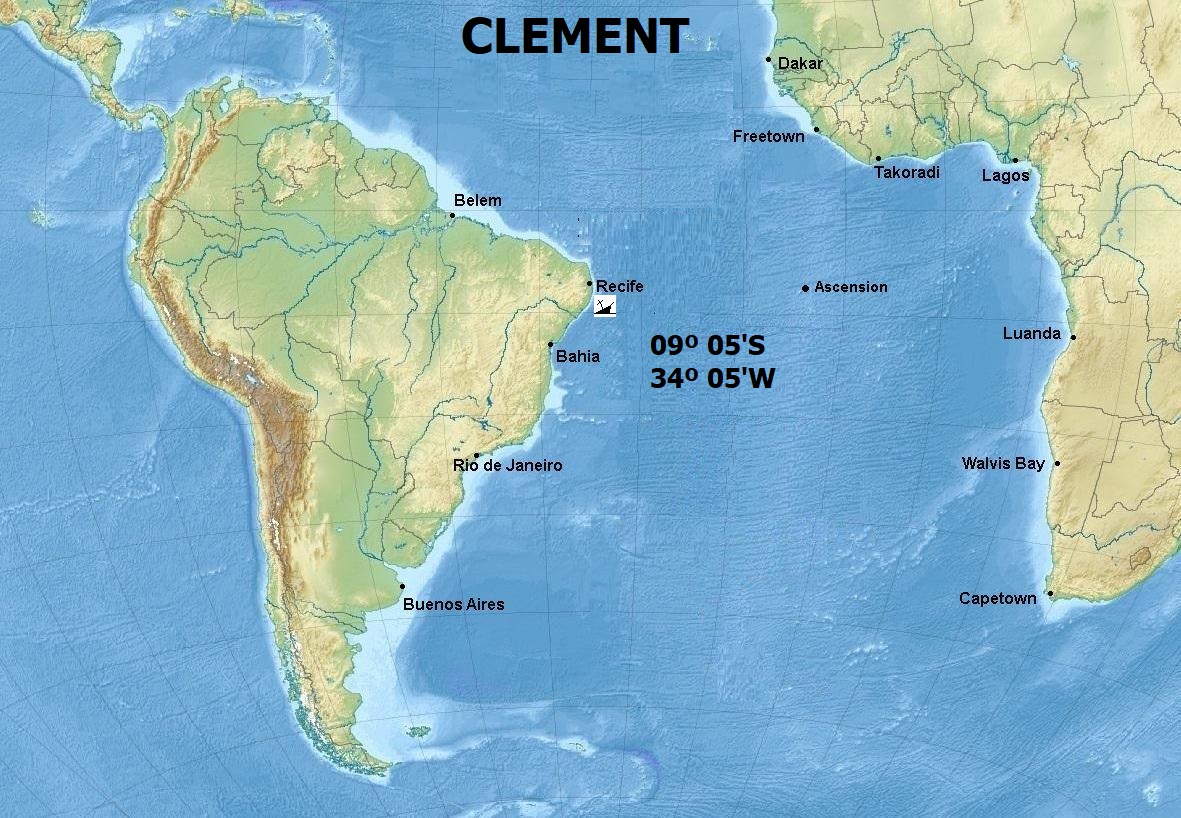
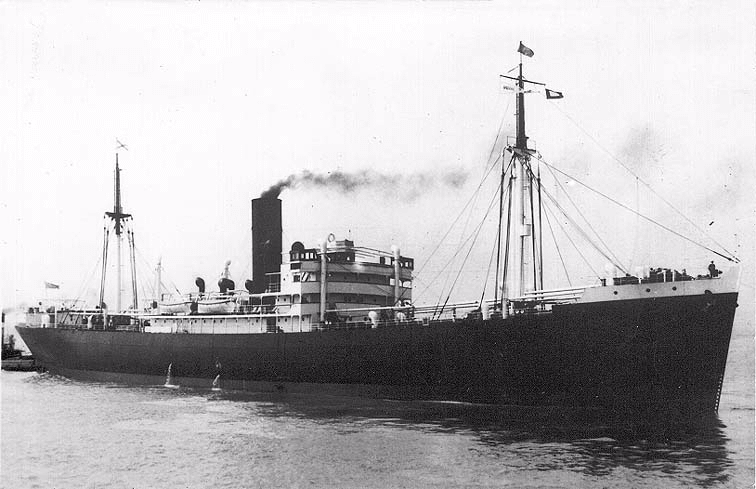
 Photo. Fraser Darrah collection
Photo. Fraser Darrah collection

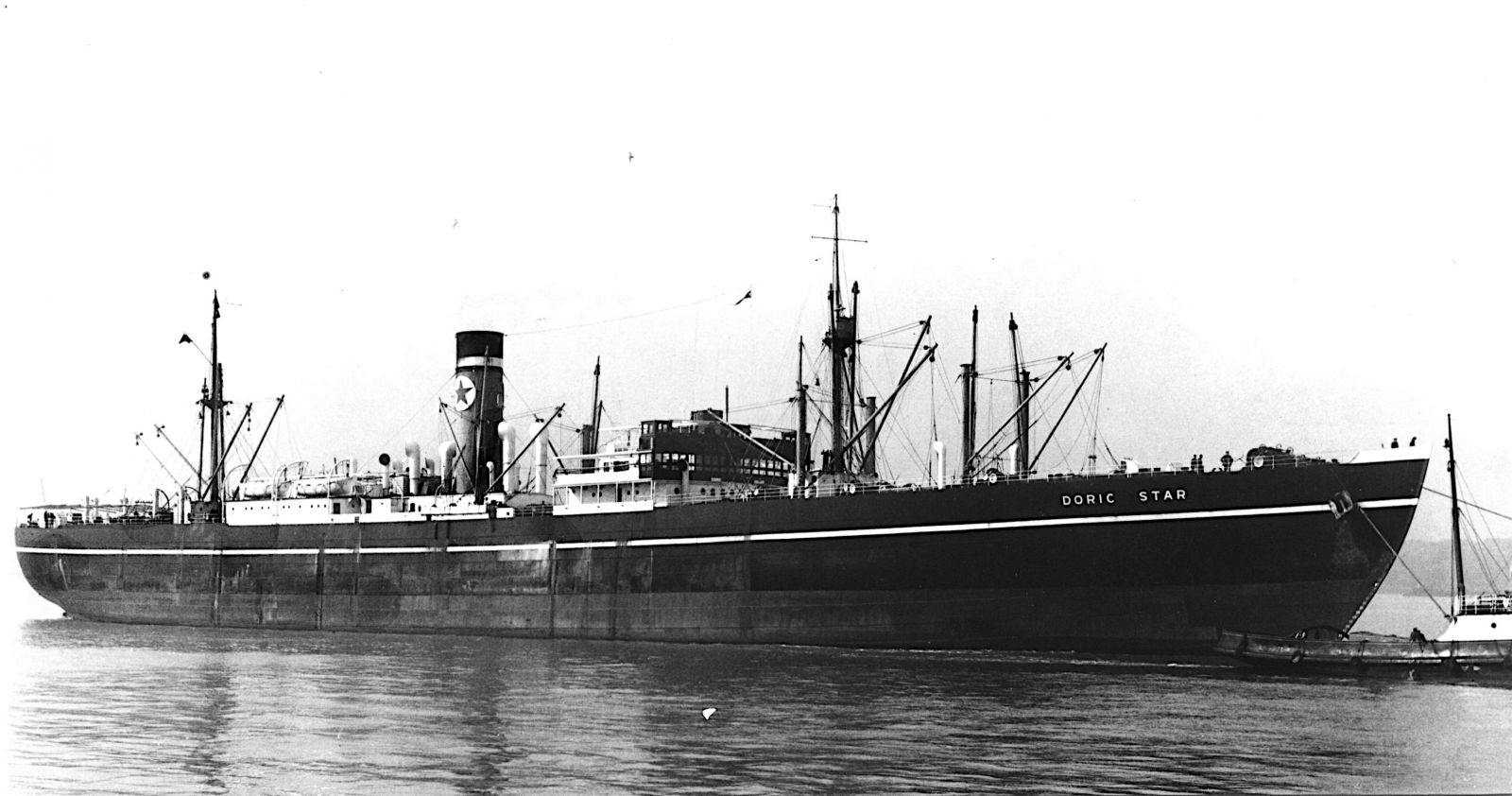
 Photo. http://www.benjidog.co.uk/allen/Images/ImagesB/bsl00032.jpg
Photo. http://www.benjidog.co.uk/allen/Images/ImagesB/bsl00032.jpg
.jpg)
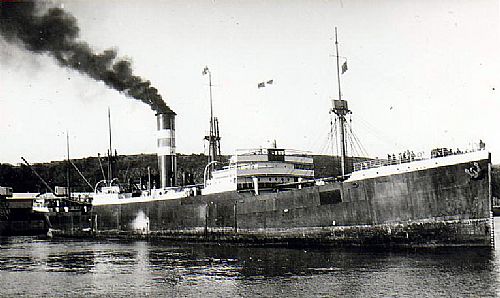
 Picture by Joe MacMillan
Picture by Joe MacMillan
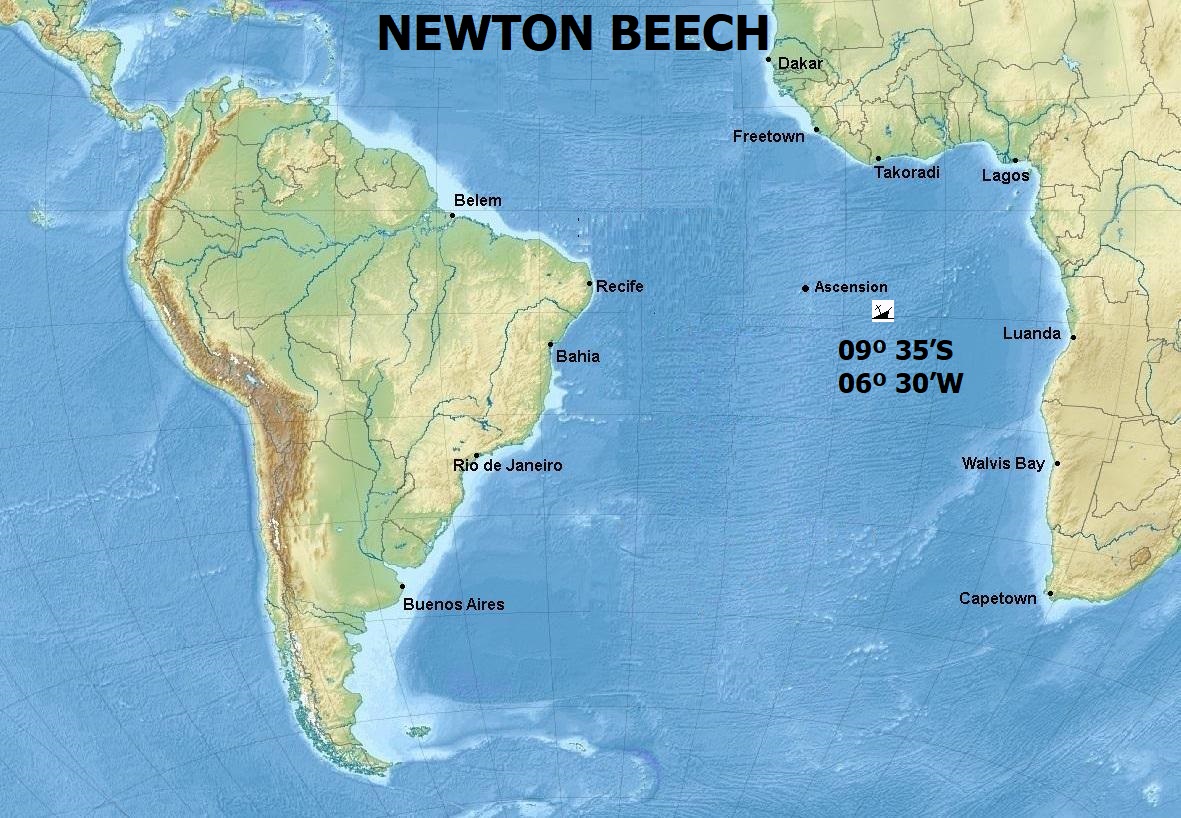

 Photo. www.photoship.co.uk
Photo. www.photoship.co.uk


 Photo. http://searlecanada.org/sunderland/images10/streonshalh4.jpg
Photo. http://searlecanada.org/sunderland/images10/streonshalh4.jpg
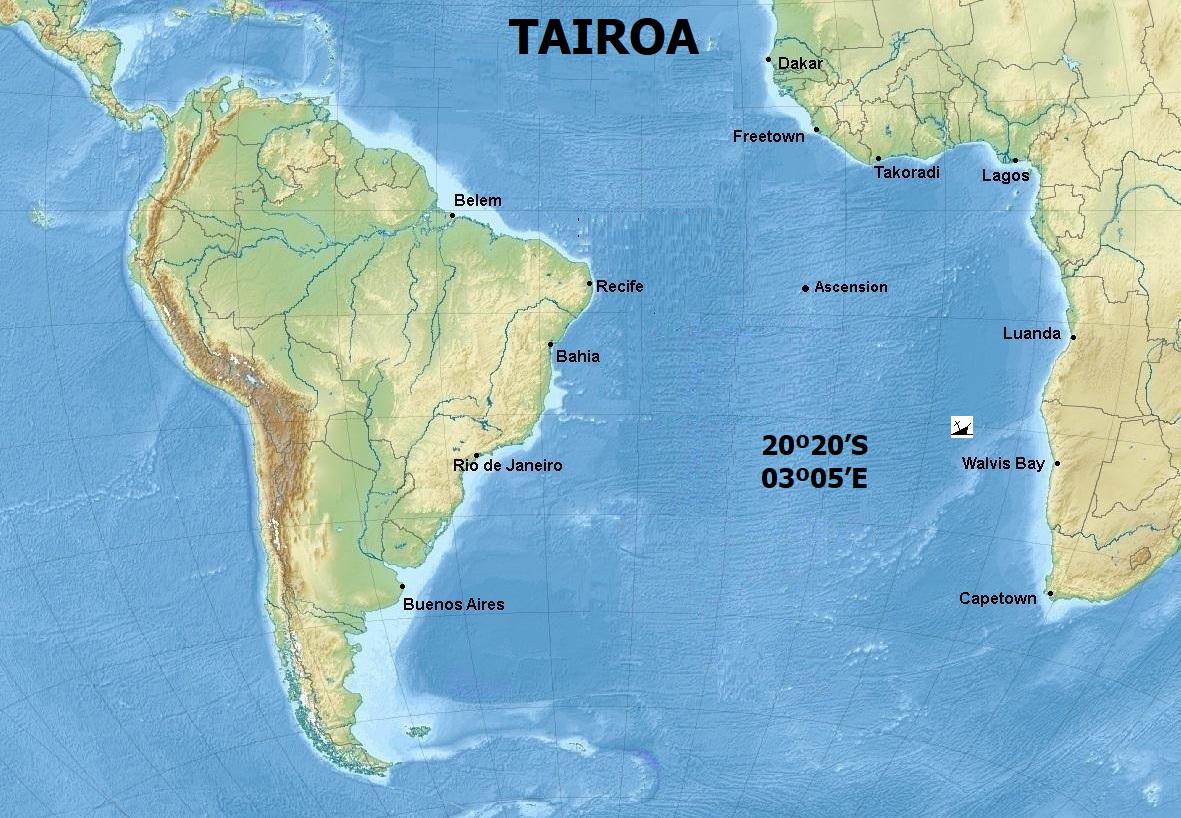
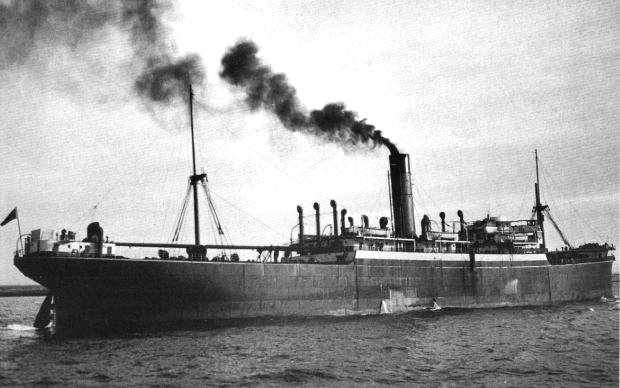
 Photo. www.photoship.co.uk
Photo. www.photoship.co.uk
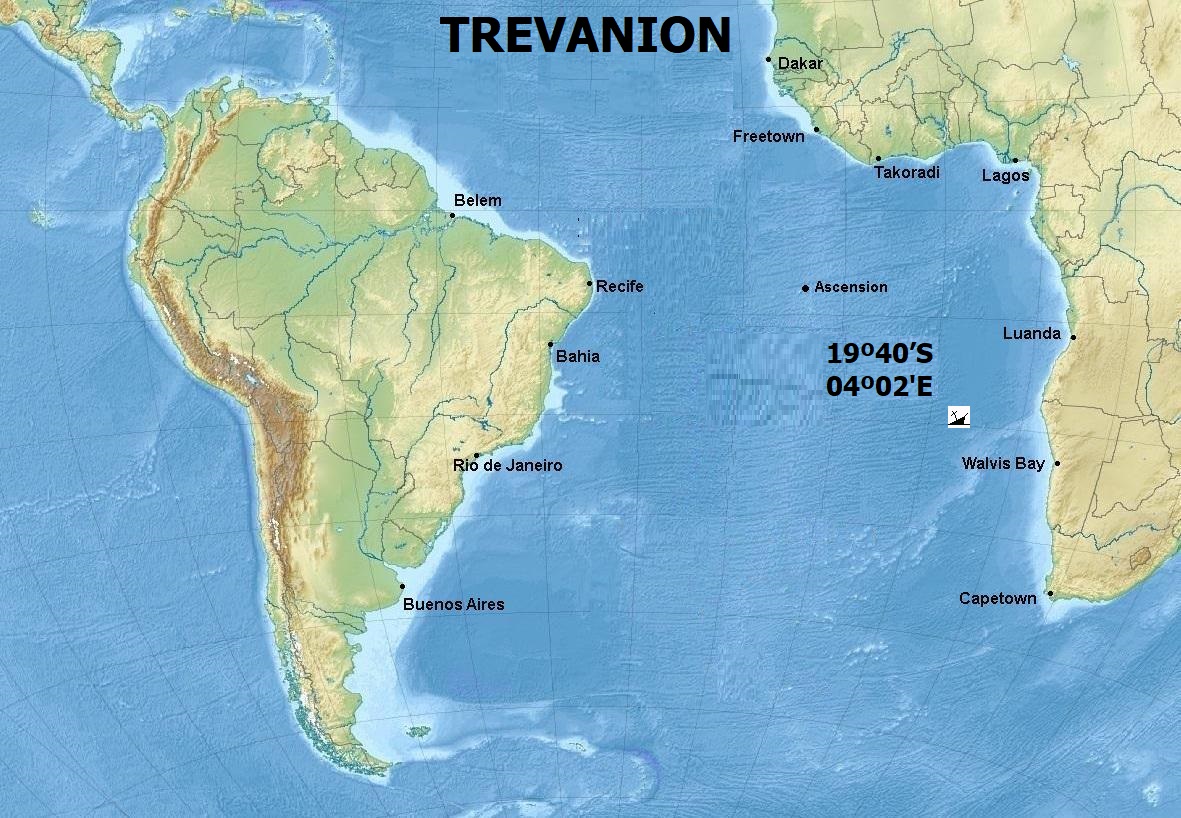

 Photo. www.photoship.co.uk
Photo. www.photoship.co.uk
